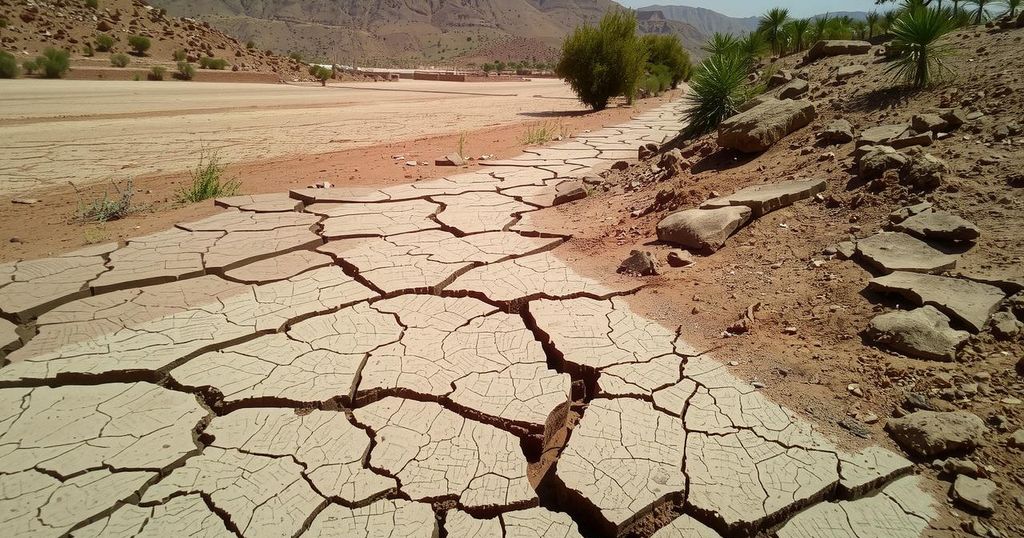Understanding South Africa’s Water Crisis: Key Facts and Statistics

South Africa’s water crisis is marked by 50% of potable water being lost through inefficiencies. Over 3 million people lack basic water supplies, and many rely on unsafe sanitation. The agricultural sector consumes 61% of water, while severe health impacts from poor water access persist. Immediate action is required to address these challenges.
Water is an invaluable resource, as highlighted by the South African Department of Water and Sanitation, emphasizing that water equates to life. With World Water Day approaching, it is crucial to grasp the current water crisis in South Africa and its global context. Awareness of the ongoing challenges in water availability can lead to better appreciation and action toward this essential resource.
South Africa confronts alarming statistics concerning its water use. Remarkably, 50% of the nation’s potable water is categorized as Non-Revenue, indicating that it is lost due to system inefficiencies and leaks. Additionally, over 3 million South Africans lack basic access to water, emphasizing the severe scarcity many face daily.
In informal settlements, the situation is dire; 52% of residents in Johannesburg have had to dig their own pit latrines, reflecting inadequate sanitation. On a global scale, the United Nations Development Programme reports a staggering loss of 443 million school days each year due to illnesses linked to poor water access.
The South African Human Rights Commission reveals another grave dimension of this crisis, noting that 115 individuals in Africa die every hour from diseases related to poor sanitation and contaminated water. Furthermore, South Africa is affected by a climate deficit, experiencing 40% less rainfall than the global average.
Despite being a water-scarce country, South Africans use on average 237 liters per person per day, exceeding the global average of 173 liters. Water allocation reveals significant usage patterns: 61% is consumed by the agricultural sector, 27% by households, and 7% by industry, as reported by the CSIR.
A concerning analysis of South Africa’s Water Services Authorities (WSAs) from the latest Blue Drop Report indicates that 24 out of 144 WSAs have not made any attempts toward Blue Drop compliance, and 40 are deemed to be in a critical condition. The Water Services Act mandates a minimum standard of 25 liters of water per person per day, yet during Cape Town’s significant ‘Day Zero’ restrictions, the average usage was recorded at 50 liters per person.
The water crisis in South Africa is critical, with a significant loss of potable water, limited access for millions, and detrimental impacts on health and sanitation. The implications of this crisis reach into daily living, agriculture, and overall community health, underscoring the necessity for improved water management and conservation efforts. Awareness and action are essential to mitigate the ongoing challenges faced by South Africans regarding their most vital resource.
Original Source: infrastructurenews.co.za






